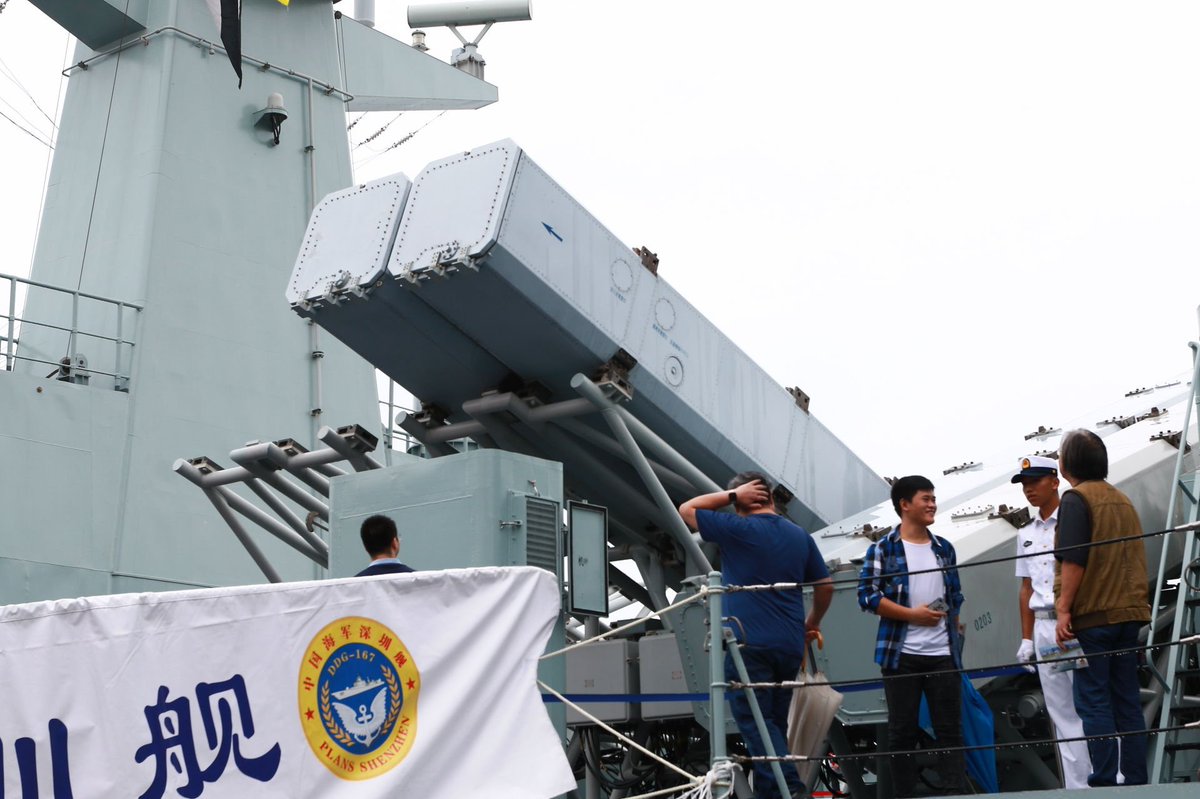...
According to the text - which seems to have been removed recently by the Chinese manufacturer - new composite "sandwich" composite materials, created by an engineer called GONG Yuan Xun (宫 元勋) and his team, are used "very largely "in a certain project that has a high requirement in stealth, and that takes into consideration the" structural stealth "from the beginning of the design, in other words the geometrical / passive stealth.
The team had major difficulties in reconciling the mass, the thickness (of the hull?) And the need for broadband absorption. The obstacles that were eventually overcome in collaboration with the subcontracting factories to improve the training processes, and with the own laboratories of CASIC Institute No. 306.
The article also talks about two other competing institutions in another project for a stealth component, but no link can be established between the two projects mentioned here.
...


